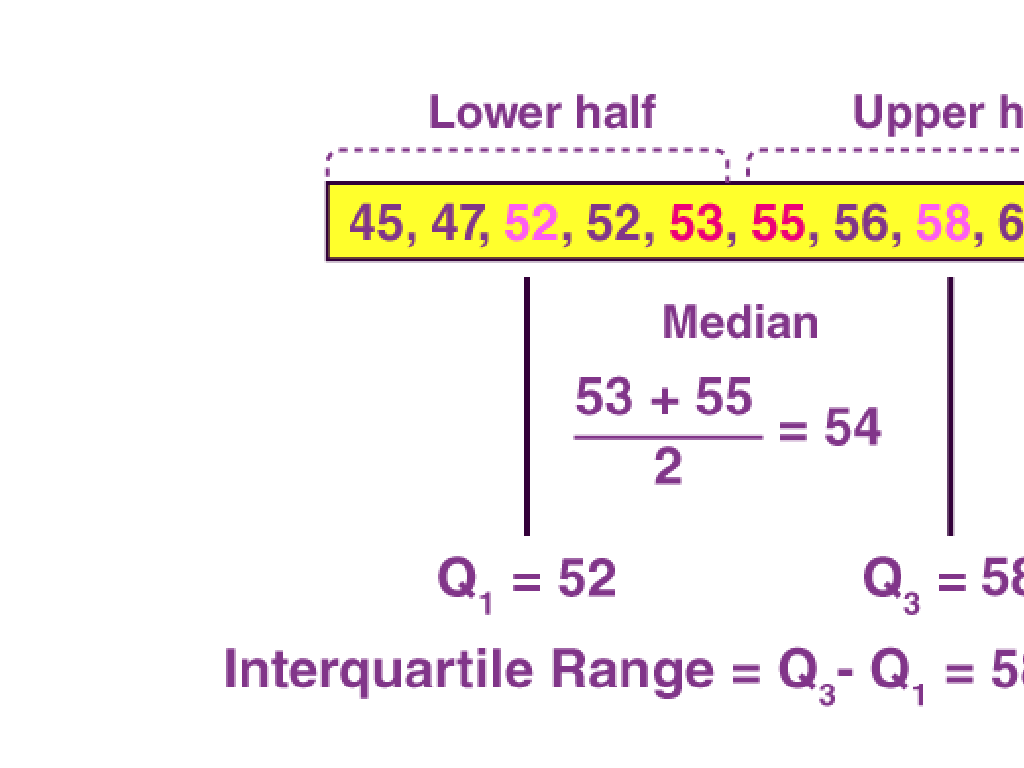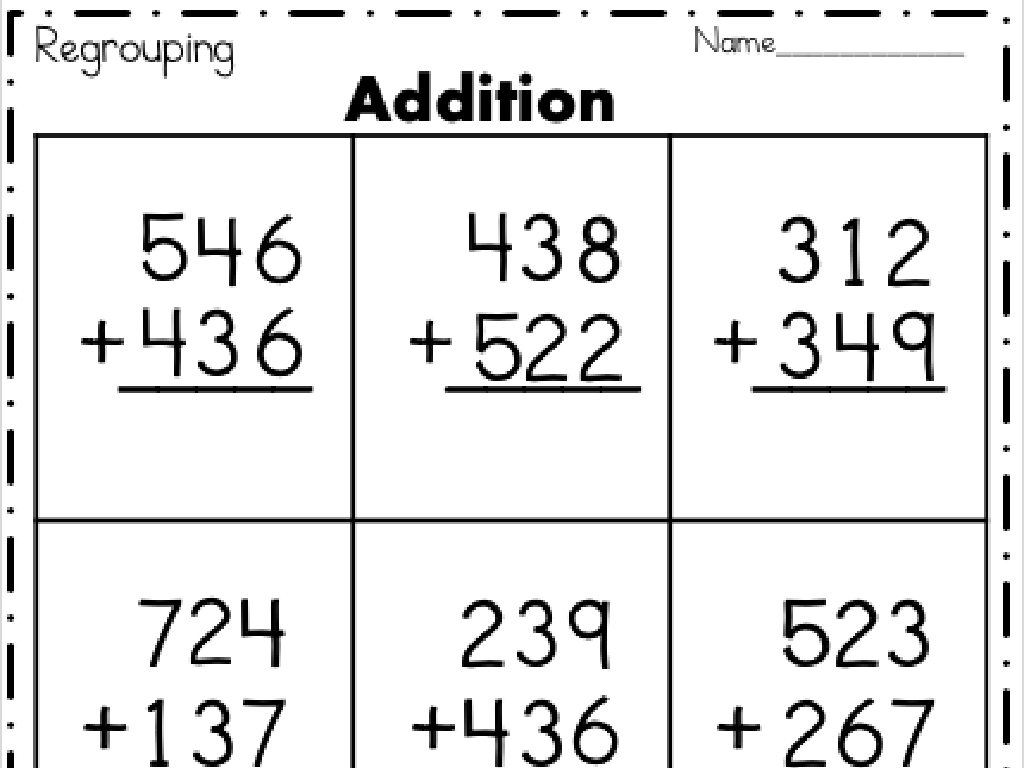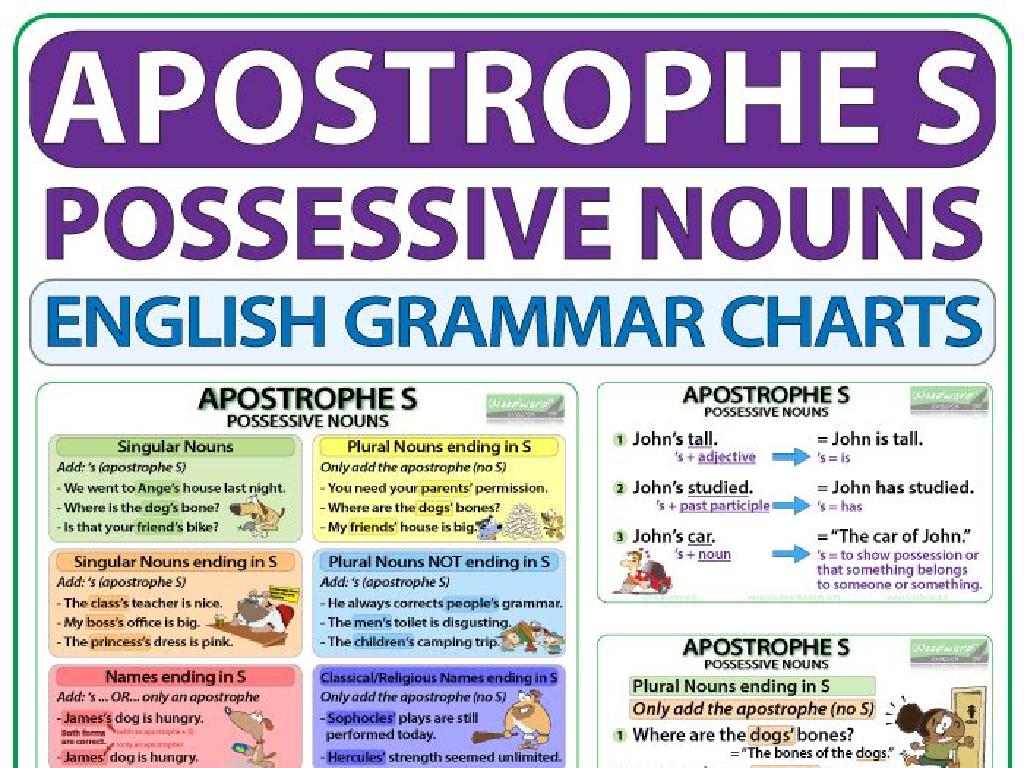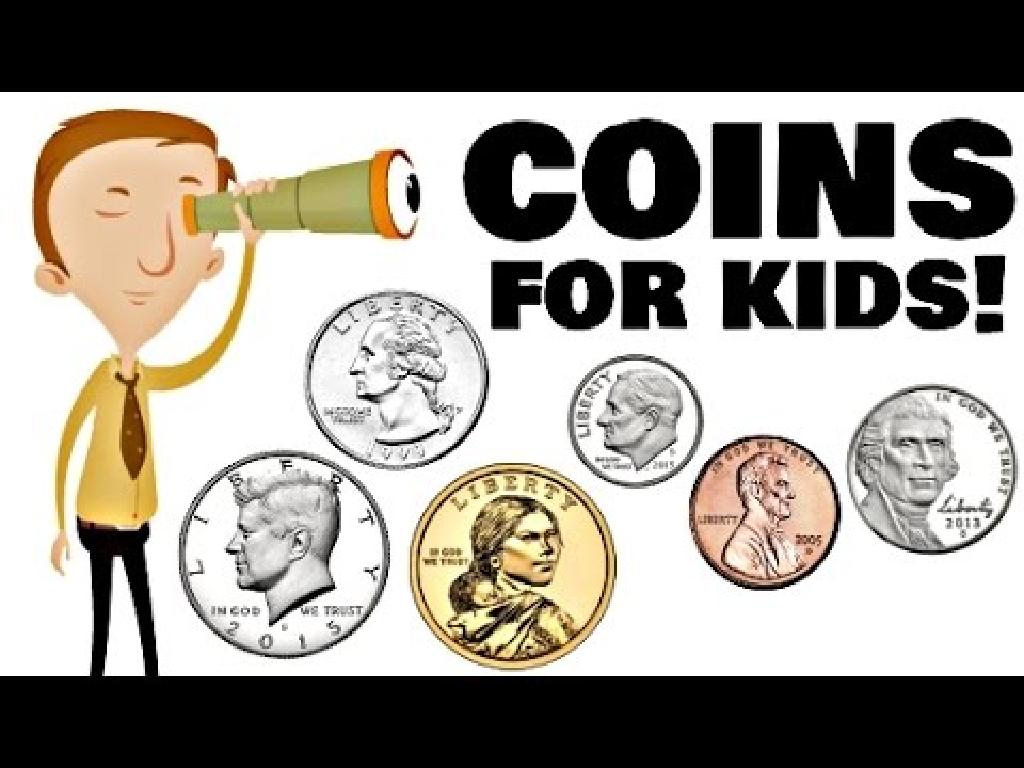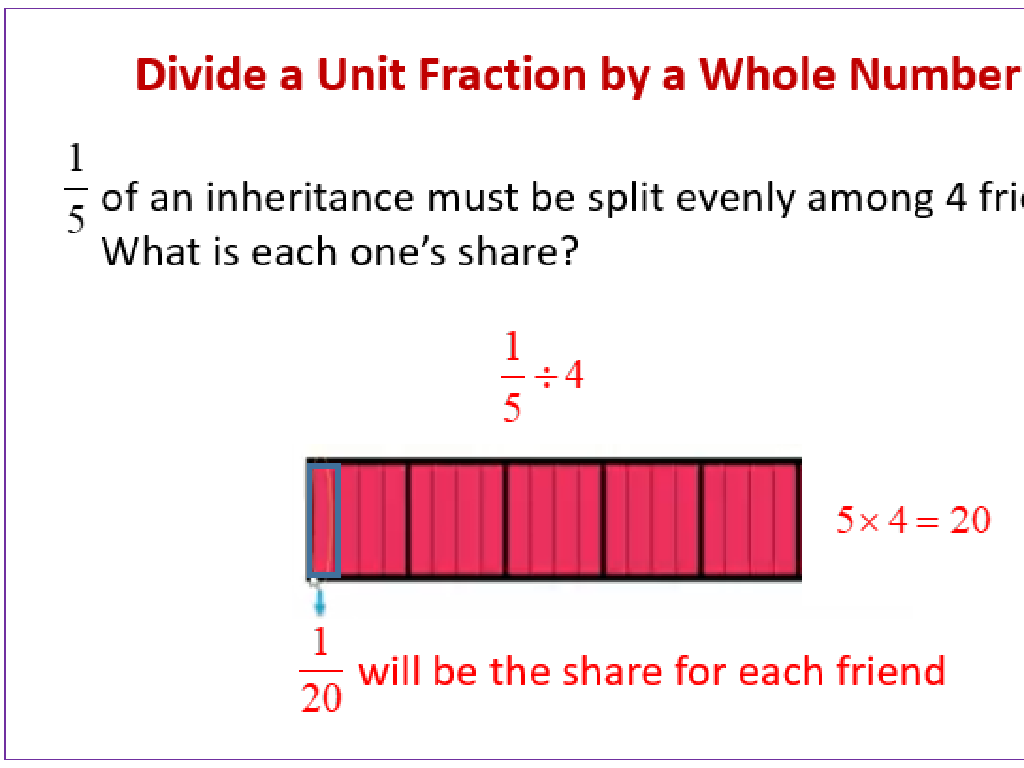Round Mixed Numbers
Subject: Math
Grade: Seventh grade
Topic: Fractions
Please LOG IN to download the presentation. Access is available to registered users only.
View More Content
Rounding Mixed Numbers
– Understanding mixed numbers
– A mixed number has a whole number and a fraction
– Rounding: What and Why
– Rounding simplifies numbers, making them easier to work with
– Steps to round mixed numbers
– Find the nearest whole number or fraction
– Practice rounding examples
– Let’s round 3 9/10 to the nearest whole number and fraction
|
This slide introduces the concept of rounding mixed numbers, which is a part of understanding fractions. Begin by explaining what mixed numbers are, emphasizing the combination of whole numbers and fractions. Discuss the importance of rounding as a skill to simplify numbers, making calculations easier and results more understandable. Teach the steps to round mixed numbers to the nearest whole number or fraction, and provide practice examples for the students to try, such as rounding 3 9/10. Encourage students to think about where rounding might be used in real life, such as estimating costs or distances.
Understanding Mixed Numbers
– Define mixed numbers
– A number made up of a whole number and a fraction, e.g., 3 1/2
– Examples of mixed numbers
– For instance, 2 3/4 (two and three-fourths)
– Mixed vs. improper fractions
– Mixed numbers show whole parts and fractions, improper fractions are just fractions greater than one, e.g., 7/4
– Rounding mixed numbers
|
Begin with the definition of mixed numbers, ensuring students understand the concept of combining whole numbers with fractions. Provide clear examples, such as 2 3/4, to illustrate what mixed numbers look like. Discuss the difference between mixed numbers and improper fractions, highlighting that mixed numbers include whole numbers while improper fractions do not. Emphasize that improper fractions can also be expressed as mixed numbers. Conclude by explaining the process of rounding mixed numbers to the nearest whole number, which is a skill they will often use in real-life situations. Encourage students to practice with additional examples and to visualize the concept by representing mixed numbers on a number line.
Rounding Mixed Numbers
– What is rounding?
– Rounding means approximating a number to a nearby value for simplicity.
– Reasons for rounding numbers
– To simplify calculations, save time, or estimate costs and measurements.
– Rounding to nearest whole
– Drop the fraction if it’s less than 1/2; round up if it’s 1/2 or more.
– Practice with mixed numbers
– Let’s round 7 3/8 to the nearest whole number. Is it closer to 7 or 8?
|
This slide introduces students to the concept of rounding numbers, specifically focusing on mixed numbers. Rounding is a fundamental math skill that simplifies numbers to make them easier to work with. It’s particularly useful in everyday situations like estimating costs or measurements. When rounding mixed numbers to the nearest whole, students should look at the fractional part and decide whether to round the whole number up or leave it as is. Provide several examples of mixed numbers for students to practice rounding, and encourage them to explain their reasoning for each decision. This will help solidify their understanding of the concept.
Rounding Mixed Numbers
– Identify whole number & fraction parts
– Decide when to round up or down
– If the fraction part is 1/2 or more, round up. Less than 1/2, round down.
– Round to nearest whole number
– Add 1 to the whole number if rounding up, or keep it the same if rounding down.
– Practice with examples
– Use examples like 3 4/7 (rounds down to 3) or 5 5/8 (rounds up to 6).
|
This slide introduces students to the concept of rounding mixed numbers. Start by explaining that a mixed number consists of a whole number and a fraction. Emphasize the importance of understanding when to round up or down based on the fractional part. If the fraction is 1/2 or more, we round up to the next whole number; if it’s less than 1/2, we keep the whole number the same. Provide several examples for students to practice, ensuring they grasp the concept of rounding mixed numbers to the nearest whole number. Encourage students to explain their reasoning for rounding up or down in each example.
Rounding Mixed Numbers to Whole Numbers
– Example 1: Round 3 4/5 to nearest whole
– 3 4/5 rounds up to 4 because 4/5 is more than half
– Example 2: Round 7 3/10 to nearest whole
– 7 3/10 rounds down to 7 because 3/10 is less than half
– Understanding rounding rules
– Discuss reasons for rounding direction
– We round up or down based on the fraction part
|
This slide aims to demonstrate the concept of rounding mixed numbers to the nearest whole number. Start with two examples: 3 4/5, which rounds up to 4 because 4/5 is more than half (0.5), and 7 3/10, which rounds down to 7 because 3/10 is less than half. Emphasize the rule that if the fractional part is 1/2 or more, we round up, and if it’s less than 1/2, we round down. Encourage students to think about why rounding is useful in real-life situations, such as estimating costs or distances. Provide additional practice problems for students to solidify their understanding of rounding mixed numbers.
Rounding Mixed Numbers Practice
– Round 5 1/2 to nearest whole
– 5 1/2 rounds down to 5
– Round 8 7/8 to nearest whole
– 8 7/8 rounds up to 9
|
This slide presents two practice problems for rounding mixed numbers to the nearest whole number. For the first problem, 5 1/2, students should recognize that since the fractional part is exactly 1/2, it rounds up to the next whole number, which is 6. However, traditionally, when rounding to the nearest whole number, if the fraction is exactly 1/2, you round to the nearest even number, which in this case would be 5. For the second problem, 8 7/8, the fractional part is greater than 1/2, so it rounds up to 9. Encourage students to identify whether the fractional part of the mixed number is more or less than 1/2 to determine if they should round up or down. Provide additional examples if time permits and encourage students to explain their reasoning for their answers.
Class Activity: Round & Share
– Pair up and round mixed numbers
– Share results with the class
– Discuss various rounding methods
– Is it rounding up or down? Why choose one over the other?
– Reflect on the rounding process
– Think about how different strategies can lead to the same or different answers.
|
This interactive class activity is designed to promote collaboration and discussion among students as they practice rounding mixed numbers. Students will work in pairs to apply their knowledge of rounding rules to mixed numbers, which will help solidify their understanding of the concept. Afterward, they will present their answers to the class, providing an opportunity for peer learning. Encourage students to explain their thought process and the strategy they used to determine whether to round up or down. Facilitate a discussion on different approaches to rounding and when each method is appropriate. This will help students understand that while there may be different ways to round, consistency and understanding the reasoning behind their choices are key. Possible activities could include rounding to the nearest whole number, nearest half, or using number lines to visualize the rounding process.
Conclusion & Homework: Mastering Mixed Numbers
– Recap: How to round mixed numbers
– Review steps for rounding mixed numbers to nearest whole number or fraction
– Understand rounding accuracy
– Accurate rounding is crucial in math and real-life applications
– Homework: Rounding worksheet
– Complete the provided worksheet to practice rounding skills
– Practice makes perfect
|
As we conclude today’s lesson, it’s important to review the steps we’ve learned for rounding mixed numbers. Emphasize the importance of accuracy in rounding, as it applies to many real-world situations, such as financial calculations and measurements. For homework, students are assigned a worksheet that includes a variety of mixed numbers to round. This practice will help reinforce their understanding and ensure they are comfortable with the concept. Encourage students to attempt all problems and remind them that consistent practice is key to mastering rounding mixed numbers.

